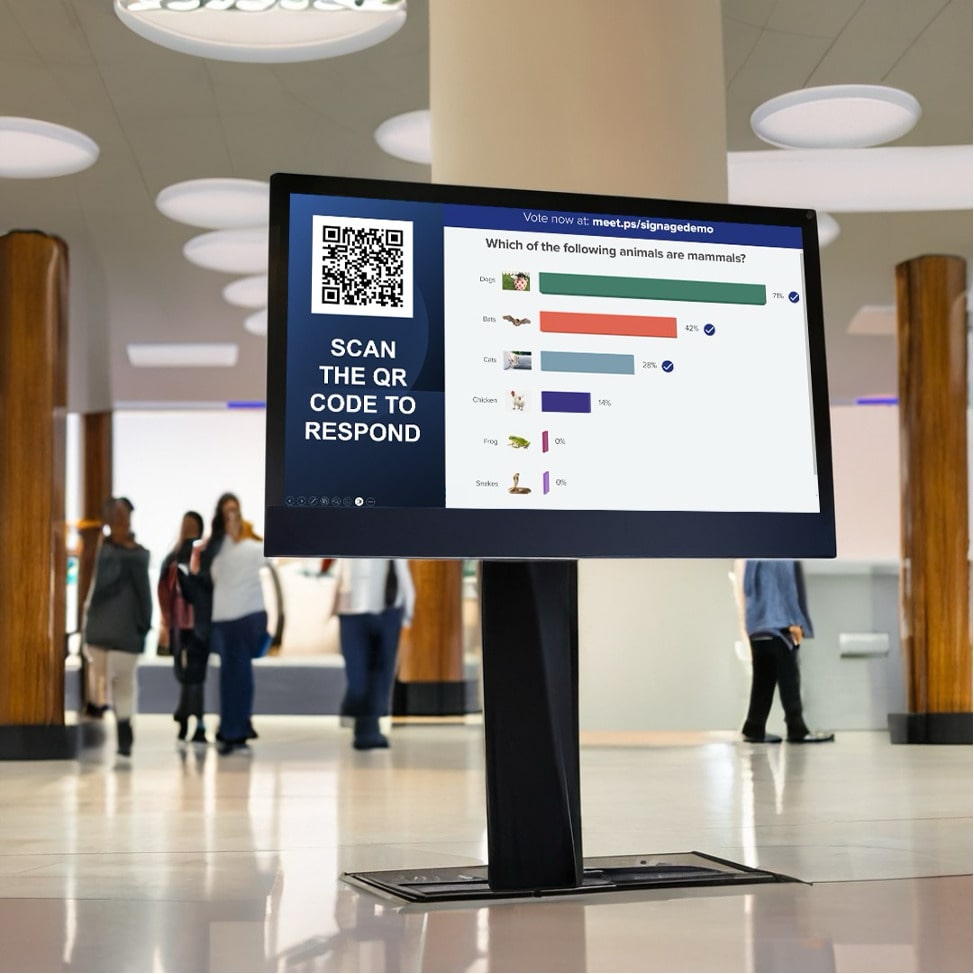What is design and what is design thinking? In the past years, much more focus has fallen on these terms. We are increasingly seeing changes in the public concept of what design actually means — and how it can support product development, business success, and the development of a positive corporate culture.
As a member of the MeetingPulse team, I have my master’s in industrial design from Rhode Island School of Design. Design thinking was at the core of my graduate studies and it’s at the core of how I live my life.
As I learn more and more about the power of design as a methodical and critical process, I realized how grossly misunderstood it is by those who haven’t had an immersive experience in that world.
Many people think of design as choosing a color or shape for a product. Shallow, right? Simple, right? You can be that kind of designer — or hire that kind of designer — who applies a solution without asking questions. But this is the problem and the main misconception.
True design involves a highly discerning critical process that analyzes business needs, customer needs, data, trends, and usage patterns.
This is the workhorse design process that fuels final design decisions like what color scheme to use, what kind of logo is best, what kind of workflow users need, or honestly… whether a product should be produced at all.
The real depth in design lies not in the finished product, but the wisdom that it takes to know that a given outcome is the best possible choice for all stakeholders involved.
To help clear up the air about the application of design thinking in today’s business, we encourage you to read the Huffington Post article Time to Re-Think Design Thinking by Olof Schybergson, CEO and Shelley Evenson, Head Of Organizational Evolution at Fjord Design.
Their perspective is an important one in this conversation; it provides more context around the hot yet commonly misunderstood topic of design thinking.
According to the article, companies should focus not just on short design thinking workshops, but on embedding design experts and depth of design process into their corporate culture permanently. In these changing times, an analytical and thoughtful design approach is even more important than in times past:
As the digitization of everything takes hold, the medium for design doing constantly evolves. Instead of designing for print or TV, today we design for mobile consumption and voice interaction. Instead of creating static products and websites, we design living services tailored for each individual, and powered by data.
We are designing for experience in an ever-broadening context. This requires interdisciplinary teams of designers collaborating with experts as diverse as data scientists and developers.
One of Schybergson and Evenson’s main pleas in this article is against shallow assumption and shallow application of design as a fad practice. Real design requires thinking and doing. The most prominent message here is…
Design thinking is nothing without design doing.
In truth, it takes years to become an expert designer in the holistic sense. And these are the people that you need to integrate into your process in order to truly benefit from what everyone is talking about. A few classes and a little definition only go a short way.
They allow individuals to better understand, as a leader or team member, what the value of design expertise is about. They promote and introduce a deeper way of thinking, but they primarily help teams to understand why they should consider hiring real designers!
Without immersion, no one becomes a designer overnight. This is where part of the problem comes in; a few people take a workshop and think they are applying design thinking. Then critical design processes and design thinking get a bad wrap.
More corporations are opening their eyes to the power of design thinking as a way to solve the crisis of innovation. They see disruptive companies like AirBnB get this. But misguided efforts — however well-intentioned — may do more harm than good.
The truth is, design thinking has become broken in today’s digital age. The current interpretation of design thinking is often shallow and, as widely understood, not the answer. Simply put, design thinking is not enough. True success comes from building a complete design system, and no organization can build such a system on design thinking alone.
Furthermore, closing the loop and reaping the harvest requires culture change and integrate of expert designers:
While design thinking should be embedded across the organization, design doing must involve design experts. It must be driven by people passionate about the craft of design across its every application, powered by design practices such as rapid iteration and real-world testing.
It takes years and years to even fully understand the power of design thinking. So take a look at this great article and then consider if your business might benefit from the real reason design thinking has taken off.
Sure, your team can go and take a short workshop and they will never quite see things the same way again — but beyond gaining new knowledge, such an experience will hopefully help you and your team to understand the bigger picture.
Bringing design experts on internally has the potential to drastically boost the impact of your business as a whole, to prevent unnecessary expenditures, to avoid costly mistakes — and to bring it up to par with the exciting edge of innovative modern practice. That is the real power of design thinking in relation to modern business.
Related: 6 Tips on How to Rock Your Talk with MeetingPulse
At MeetingPulse, we believe in approaching cultural change gradually and holistically. Although one might see corporate culture as an animal unto itself, or a nut that’s hard to crack, each business is simply a group of humans trying to solve problems together. Each has a culture unto itself.
At MeetingPulse we are passionate about providing guidance and communicative tools that improve corporate culture.
MeetingPulse is a simple, easy-to-use browser-based employee feedback app that enables members of an organization to efficiently communicate with higher levels of trust and empathy.
We provide real-time survey and polling software via any device, so members of your organization will never need to download an app. Contact us for more information or click on “Keep Me Posted” on our blog page to receive blog updates and our free e-book.




















